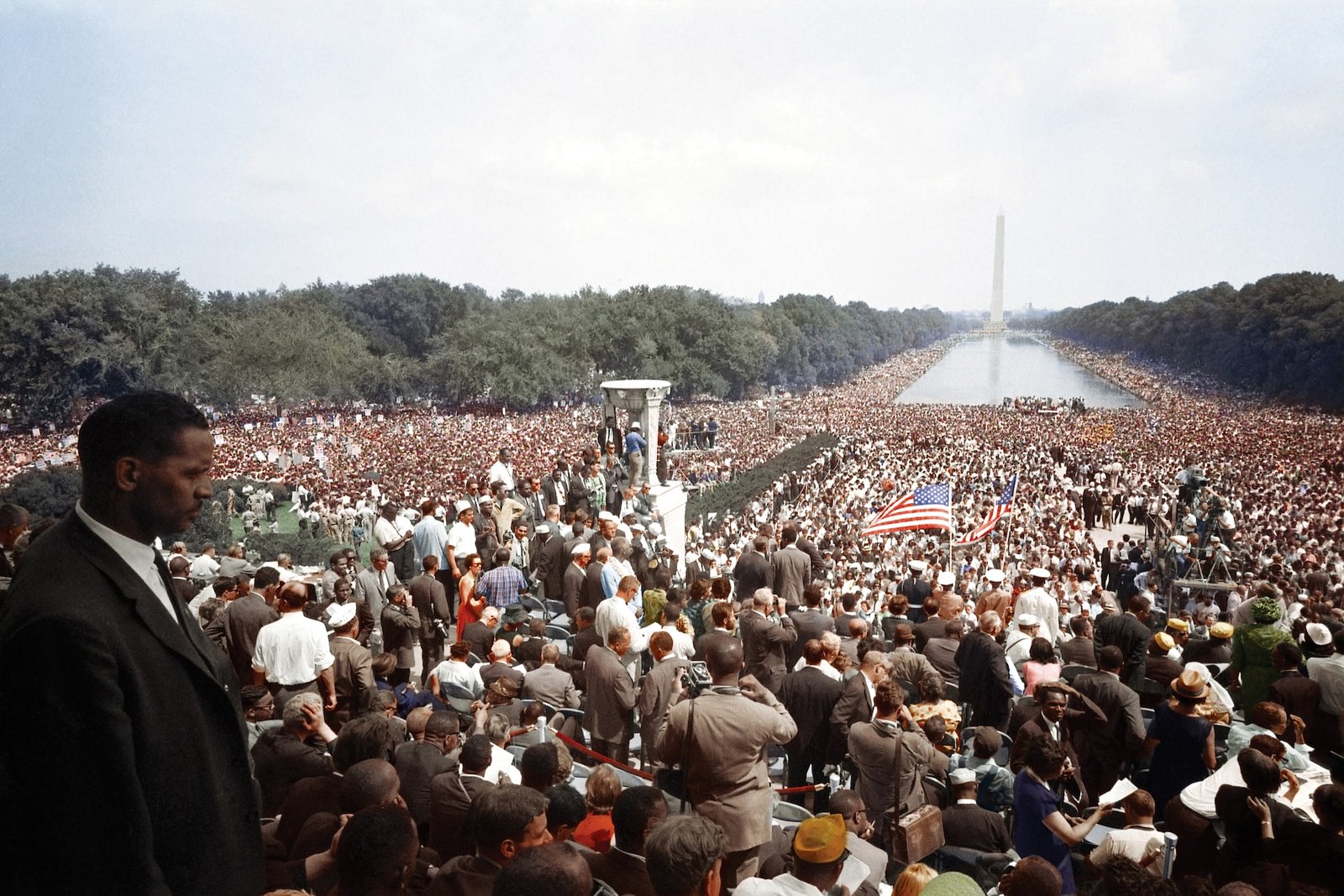Cesar Chavez’s Lessons from Dr. King
Cesar Chavez
In the tapestry of American history, certain figures rise above others due to their profound impact on the nation’s social fabric. Two such giants are Cesar Chavez and Dr. Martin Luther King Jr. Both have left an indelible mark on the country’s consciousness and interestingly, their paths and philosophies intersected in many ways. This piece delves deep into the lessons Chavez imbibed from Dr. King and how they shaped his activism.
Background: Two Leaders, One Vision
Initially, it might seem that Chavez, the stalwart of farmworkers’ rights, and Dr. King, the beacon of the civil rights movement, operated in different spheres. However, a closer examination reveals a shared vision for justice, equality, and the power of nonviolent resistance.
The Pillar of Nonviolence
The cornerstone of Dr. King’s philosophy was nonviolent protest. He believed in the moral high ground and that this approach would achieve lasting change. Chavez, seeing the success and moral authority this gave the civil rights movement, recognized its power. He once said, “Nonviolence is not inaction. It is not a discussion. It is not for the timid or weak… Nonviolence is hard work.”
Lesson 1: The Power of Peaceful Protest
Dr. King’s marches, especially the historic ones in Selma and Washington D.C., demonstrated the efficacy of peaceful resistance. Chavez took note. This influence is evident in the 1966 Delano to Sacramento march, where farmworkers peacefully protested for their rights, echoing the spirit of Dr. King’s own marches.
Lesson 2: Unity in Diversity
Dr. King always promoted unity among all races, emphasizing that the civil rights movement wasn’t just for African Americans but for everyone oppressed. Similarly, Chavez united farmworkers across various ethnicities, ensuring that the movement wasn’t seen as solely a Mexican or Filipino issue, but an American one.
Lesson 3: The Role of Sacrifice
Both leaders recognized personal sacrifice’s importance in the broader struggle. Dr. King’s time in jail and his unyielding commitment, even in the face of personal danger, deeply influenced Chavez. Emulating this, Chavez undertook several fasts to highlight the farmworkers’ plight, putting his body on the line, much like Dr. King.
Lesson 4: Harnessing the Power of Media
Chavez learned from Dr. King the value of media in amplifying a movement’s voice. Observing the national and international attention Dr. King drew, Chavez ensured that the farmworkers’ struggles were equally highlighted in the press, garnering widespread sympathy and support.
Lesson 5: The Significance of Symbolism
Just as Dr. King had the image of children hand in hand, symbolizing unity, Chavez had the iconic “Huelga” (Strike) and “¡Sí, Se Puede!” (Yes, We Can!) banners. These symbols, inspired by Dr. King’s use of powerful imagery, galvanized people and gave them hope.
Legacy and Continuation
While Dr. King’s life was tragically cut short, his influence lived on, and not just in the civil rights movement. Chavez carried the torch, applying the lessons he learned to the farmworkers’ movement. Both leaders, through their intertwined philosophies, created a legacy of nonviolent resistance that remains relevant today.
Shared Struggles
Both Chavez and Dr. King fought against deeply entrenched systemic oppressions. While the specifics of their struggles differed – Chavez against exploitative agricultural industries and Dr. King against racial segregation and discrimination – both were, at their core, fights for human dignity and equal rights.
Mutual Respect
There are documented admiration and respect between the two leaders. They recognized the gravity of each other’s battles and saw the similarities in their approaches. While they never met in person, their correspondence showcased mutual appreciation. In a telegram to Chavez during one of his hunger strikes, Dr. King expressed his admiration and solidarity, underscoring the interconnected nature of their struggles.
Coalition Building
Taking cues from Dr. King’s ability to form coalitions, Chavez actively sought allies outside the farmworkers’ community. Understanding the power of broad-based support, Chavez, like Dr. King, extended his movement’s reach, collaborating with students, religious groups, and other labor unions.
Grassroots Mobilization
One key lesson Chavez took was the importance of grassroots mobilization. Both leaders knew that real change came from the ground up. Dr. King’s focus on local community organizing, especially as seen in the Montgomery Bus Boycott, likely influenced Chavez’s approach to organizing strikes and boycotts, such as the famous Delano Grape Strike.
Beyond the Movement: Personal Philosophies
Beyond their public personas, both leaders also shared deep personal philosophies rooted in spirituality and justice. Their shared Christian faith played a pivotal role in shaping their outlook towards nonviolence and love for one’s neighbor. Chavez, heavily influenced by Catholic social teaching, and Dr. King, a Baptist minister, often intertwined religious motifs with their calls for justice, bringing a moral weight to their respective movements.
Conclusion
The lessons Cesar Chavez took from Dr. King highlight the interconnectedness of social movements. While each leader tackled different issues, their shared approach shaped the American landscape in countless ways. In today’s tumultuous times, revisiting their combined legacy is not just inspirational but also instructive, reminding us of the power of unity, nonviolence, and unwavering commitment to justice.







